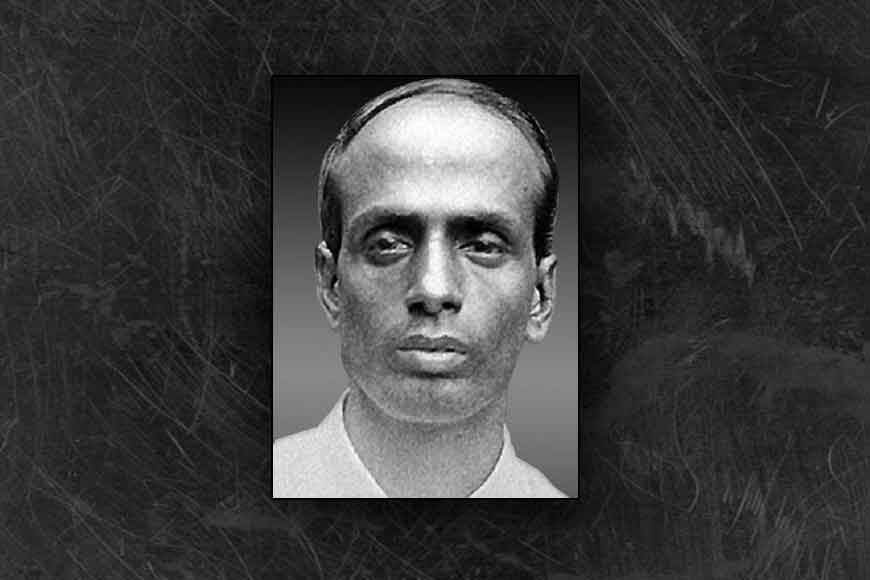Chattagram Astragar Lunthan! Hang Surya Sen!

A dingy cell of British India’s notorious prison, where revolutionaries were treated like dogs, a burly British police officer using clippers to just uproot the nails of a man, tied to a chair. The man in question sits steady, without even a flicker of his eyelashes. Well, that is Master da. Popularly known as Masterda among his students, Surya Sen was a revolutionary who had set many milestones in India’s freedom struggle. Though we usually relate him to Chittagong Armoury Raid, he was probably the first leader to realise the need of guerrilla warfare against the superior British troops.
A revolutionary at heart, he was the chief architect of the anti-British freedom movement in Chittagong after he joined the Anushilon Samilty. He was also instrumental in building the momentum for a nationwide non-cooperation movement that spread to far corners of the country. Even thinking of raiding an armoury of police and auxiliary forces in those days was unthought and unheard of. But he dared to do that with a group of trusted revolutionaries. Even though the group had made elaborate plans to completely cut off Chittagong from rest of the British India, they were not able to execute their plan in its entirety. Surya Sen was eventually arrested by the British and tortured and hanged on 12th January, a date that Bengal remembers not just as the birth anniversary of another brave son of the soil, but also as the death anniversary of a leader.
Surya Sen was convinced that a secret Guerilla was the need of the moment given the many challenges they faced, including the lack of equipment and other resources. He believed violent action was needed to revolutionize the independence struggle and planned to raid the Chittagong armoury. He teamed up with other revolutionaries like Ganesh Ghosh, Lokenath Bal, Naresh Roy, Sasanka Datta, Ardhendu Dastidar, and others to plan this raid. He proposed the team capture the two main armouries in Chittagong and then destroy the telegraph and telephone office before assassinating members of the ‘European Club’—the government or military officials involved in maintaining the British Raj in India. The elaborate plan also included cutting off rail and communication lines in order to sever Chittagong from Calcutta.
The plan was executed on 18 April 1930. A group of revolutionaries led by Ganesh Ghosh captured the police armoury, while another group of ten men led by Lokenath Bal took the Auxiliary Forces armoury. There were around 65 individuals involved in the raid, but the revolutionaries could not locate ammunition though they were successful in cutting telephone and telegraph wires and disrupting the movement of the trains.
However, 18 April 1930 was Good Friday and most of the Europeans were at home. On learning of the raid, they raised an alarm and took out the troops. Meanwhile, the revolutionaries gathered outside the police armory where Surya Sen took a military salute, hoisted the National Flag, and proclaimed a Provisional Revolutionary Government. After the raid the revolutionaries took shelter in Jalalabad hills near Chittagong. On 22 April 1930, they were surrounded by several thousand troops and a bloody gunfight followed. Over 80 troops and 12 revolutionaries were killed. Surya Sen dispersed the remaining revolutionaries to neighboring villages in small groups. Several of them were arrested or killed over the ensuing days while some managed to flee to Calcutta. Sen himself lived in hiding, frequently moving from one place to another. During this period he worked as a farmer, a milkman, and a priest among others. Meanwhile, the other escaped revolutionaries managed to reorganize their broken organization.
The movement suffered a heavy blow when an insider of the group, Netra Sen, betrayed Surya Sen and gave away his location to the British police. The police arrested Surya Sen on 16 February 1933. Surya Sen along with Tarekeshwar Dastidar was hanged by the British on 12 January 1934. He was brutally tortured before his execution.









